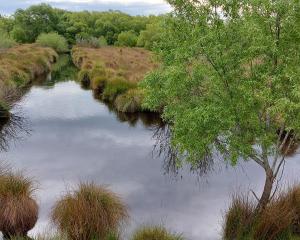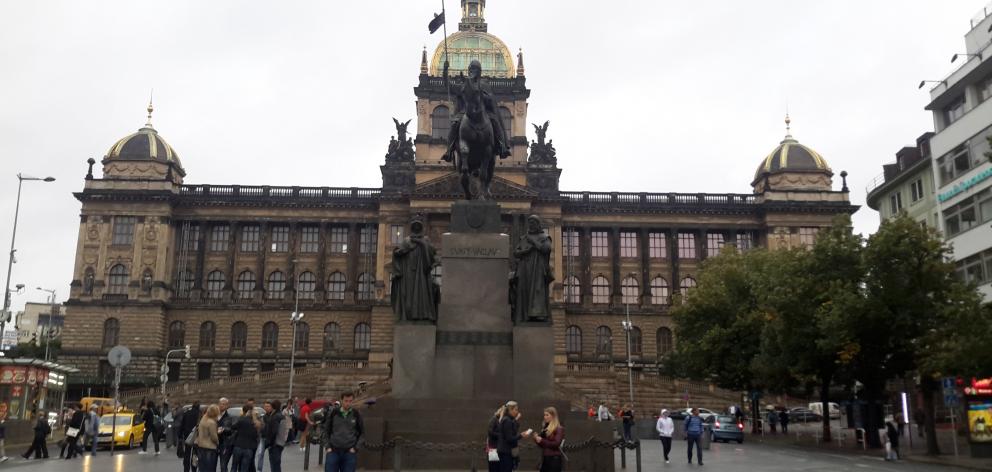
Fresh off the train from Berlin via Hamburg, my first impressions of the Czech Republic's capital city took me deep inside one of John Le Carre's Cold War spy novels.
Was it my imagination running wild, or did I sense a stark contrast between Germany's well-heeled and urbane citizens and the frumpy oppressed-looking individuals I encountered as soon as I stepped on to the platform of the railway station?
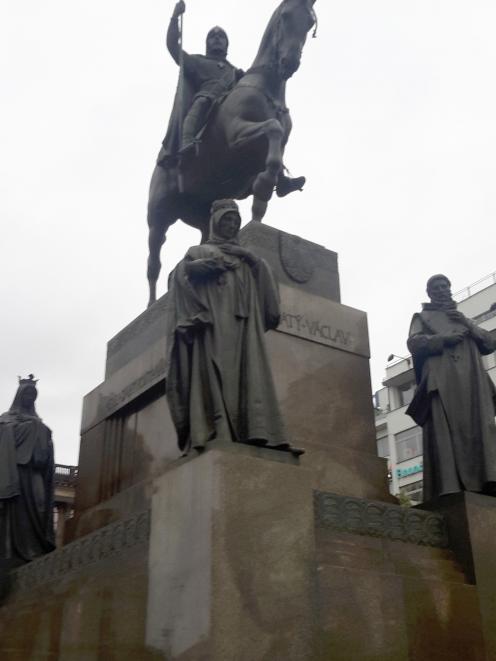
Over the next few days, Prague got under my skin in ways that few other cities have. That said, my initial impressions of Prague's people were spot-on. Like many other cities in Europe, Prague has a notable history. At more than 1000 years old, it has seen many regimes come and go, and even in recent times the one million or so people have had more than their share of oppression, violence, hardship and heroism.
My starting point in my quest for getting to know Prague was the spectacular Wenceslas Square, a history lesson in itself. It's a large rectangle rather than square, surrounded by many historic buildings and features. A large monument and statue of St Wenceslas fronts the Czech National Museum. A tribute plaque to student Jan Palach, who set himself on fire in 1969 protesting against the Soviet invasion of Czechoslovakia the previous year, is another historical highlight. And a don't-miss feature is the world-famous astronomical clock located on the wall of the old Town Hall nearby. It's a beautiful piece of machinery that has attracted locals and visitors for more than 600 years, and is worth at least half an hour of your time.
Wenceslas Square has witnessed many of the highs and lows of the Czech people's history, from Nazi brutality on the one hand to the euphoria of 150,000 locals celebrating Czechoslovakia's win over the Soviet Union in the 1969 ice hockey championships. I spent most of a day looking around the square soaking up the history and the buildings, and getting a sense of the city.
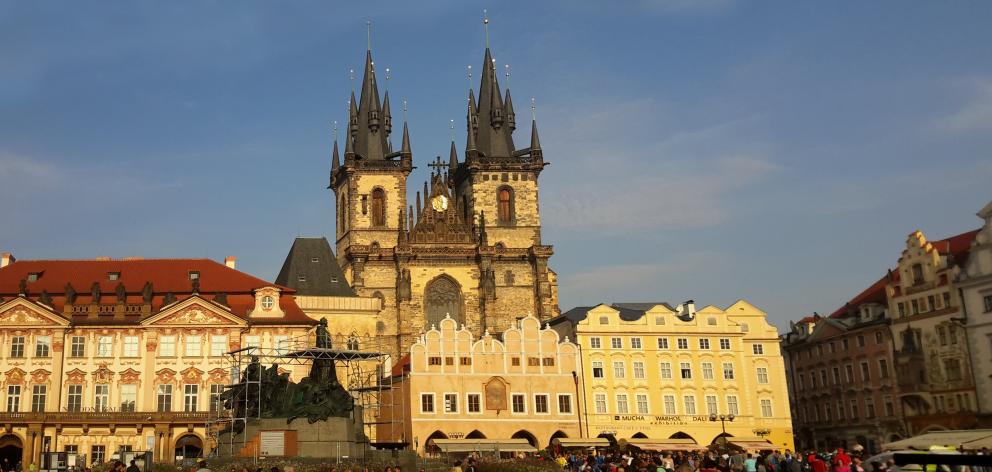
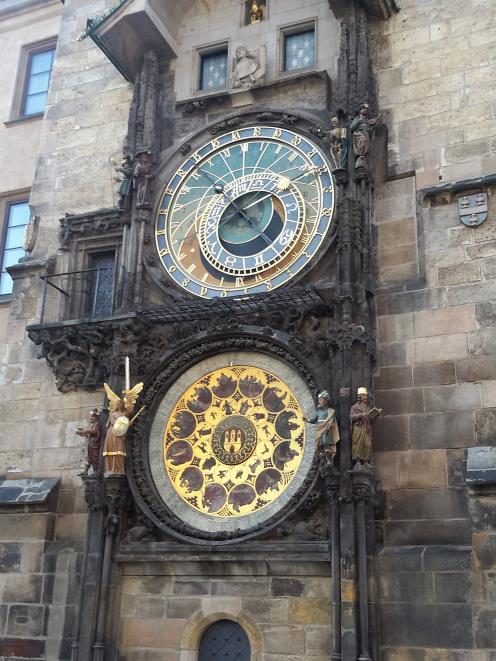
After we were ferried by minibus to the Castle and the Cathedral, the rest of the tour was spent wending our way back down the hill to the city centre on foot. This was also a moving experience, as it meant passing through Prague's Jewish quarter and being reminded of the high price these locals paid under the yoke of the Nazis in World War 2. Fortunately, this grim reality was offset by the beauty of the cobbled pathways and interesting sidelights such as the toy library and museum, and by a very musical street band plying their wares. Once again I gave myself a pat on the back for forgoing my usual inclination of doing my discoveries solo.
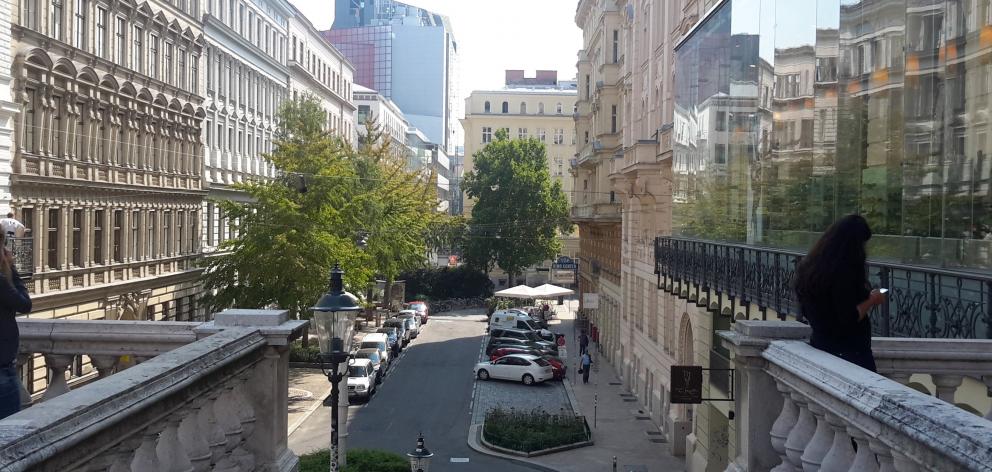
This time I had well and truly done my homework and continued my musical pilgrimage as part of my European sojourn. My venue for the evening was the Reduta Jazz Club and it was certainly a memorable experience. This club has been visited by many jazz greats over the years, as well as the man from the White House and his saxophone, Mr Bill Clinton. I was lucky to listen to a first-rate jazz combo of piano, bass and drums called The Ivan Audes Trio. They were very melodic and had a whole lotta swing about them. I was so impressed I even bought their CD to bring home. It had been a day and night filled with exhilarating travel experiences, with the promise of more to come.
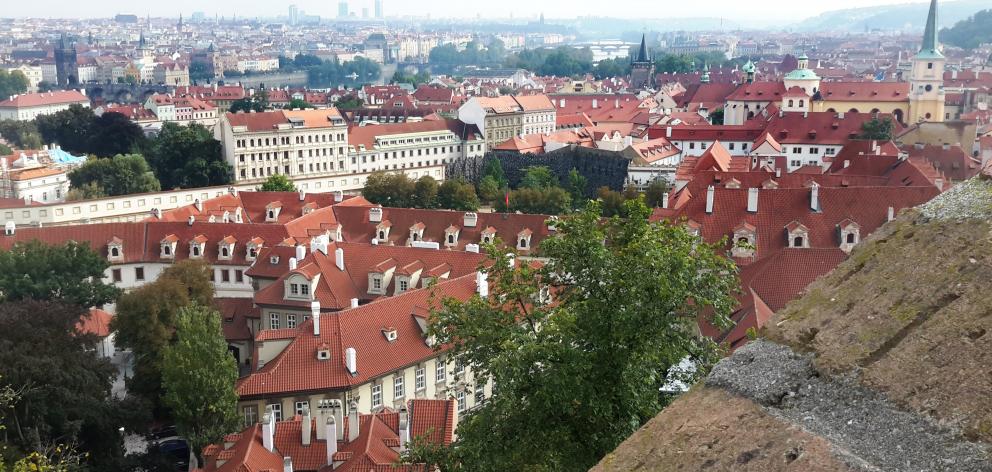
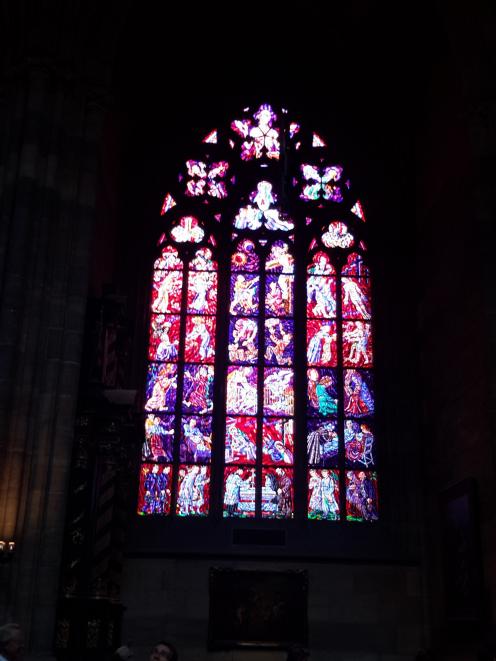
The Vltava River has flooded into Prague on a number of occasions over the years, with the most dramatic and damaging event as recent as 2002. The river tour can take you through only a relatively small section of the Vltava, as there are a number of weirs, which, along with dams, now help keep the river flow under control. On a sunny September day it was another memorable experience taking in the sights while enjoying a light meal and a drink aboard the river boat.
By the time I had climbed back on land and turned my back on the river, it was time to return to my hotel and grab a taxi for the railway station. Instilled in my memory still are the impressions of a beautiful city from a historical and architectural point of view. While initially noticing that the people of Prague in the streets were glum-looking I was prepared to review my opinion, having come to understand that the city and the Czech Republic at large were not very many years into a new freedom-based system and lifestyle. I guess if we lived in a city like Prague and had experienced all the invasions and captivity that they have endured it would also take us a while to adjust to a different regime.
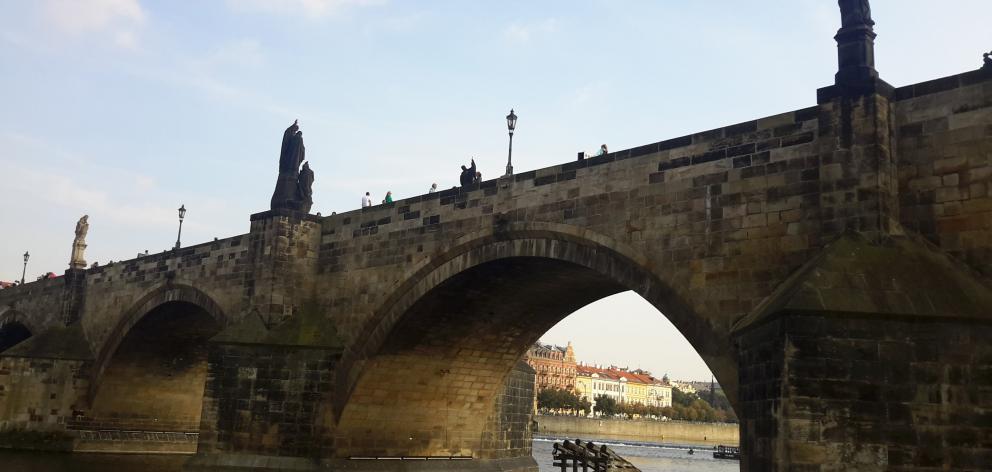
To my mind, there are no issues with safety in Prague. I travelled by myself and felt totally comfortable on Prague's streets, even late at night. Taxis, while they might be a little older and rattle a bit more than those elsewhere, are freely available.
Unlike most of the other European countries that I visited, the republic is not part of the euro zone and has its own currency, called the koruna (crown). While some places do accept the euro, in my experience you really do need to either get local cash from an ATM or visit a local bank.












